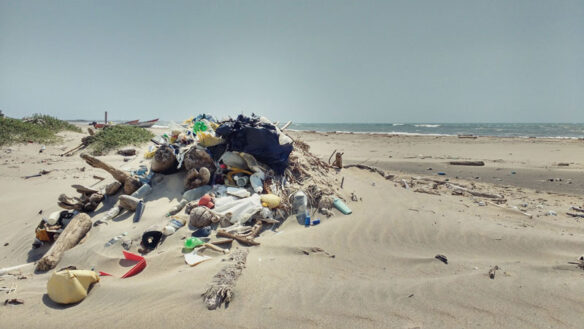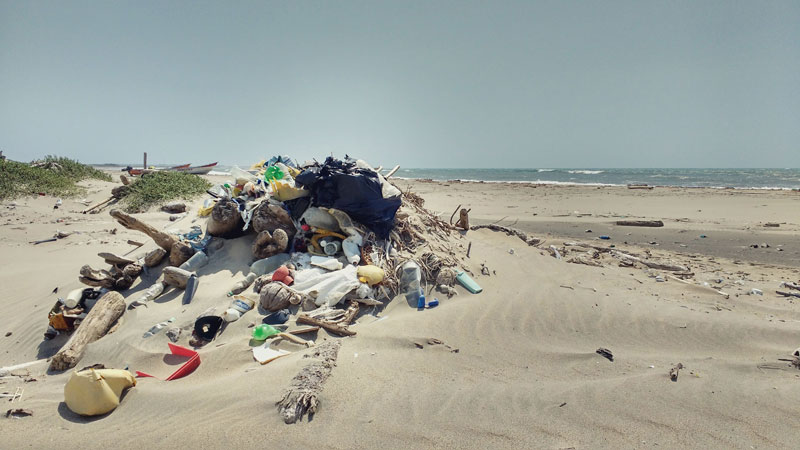
Photo courtesy of: — © Nelson Rangel-Buitrago,Grupo de Geología, Geofísica y Procesos Marino-Costeros, Universidad del Atlántico Barranquilla, Atlántico, Colombia
Excerpts;
As plastic pollution in the environment has increased rapidly in the last half century, so too has the study of the effects of plastic on marine, aquatic and terrestrial ecosystems. From this research, a series of new terms has emerged to describe the phenomena unique to the presence of plastic-based materials in nature.
In this short note, we bring together disparate neologisms into a single lexicon with the aim to encourage use of a unified vocabulary to describe the new reality of ecological, chemical, and geological systems in the age of plastics…
Read Full Article, Elsevier (03-10-2020)
Plastic pollution: When The Mermaids Cry: The Great Plastic Tide, Coastal Care – ©2009
” Plastic is versatile, lightweight, flexible, moisture resistant, strong, and relatively inexpensive. Those are the attractive qualities that lead us, around the world, to such a voracious appetite and over-consumption of plastic goods. However, durable and very slow to degrade, plastic materials that are used in the production of so many products all, ultimately, become waste with staying power. Our tremendous attraction to plastic, coupled with an undeniable behavioral propensity of increasingly over-consuming, discarding, littering and thus polluting, has become a combination of lethal nature…”









